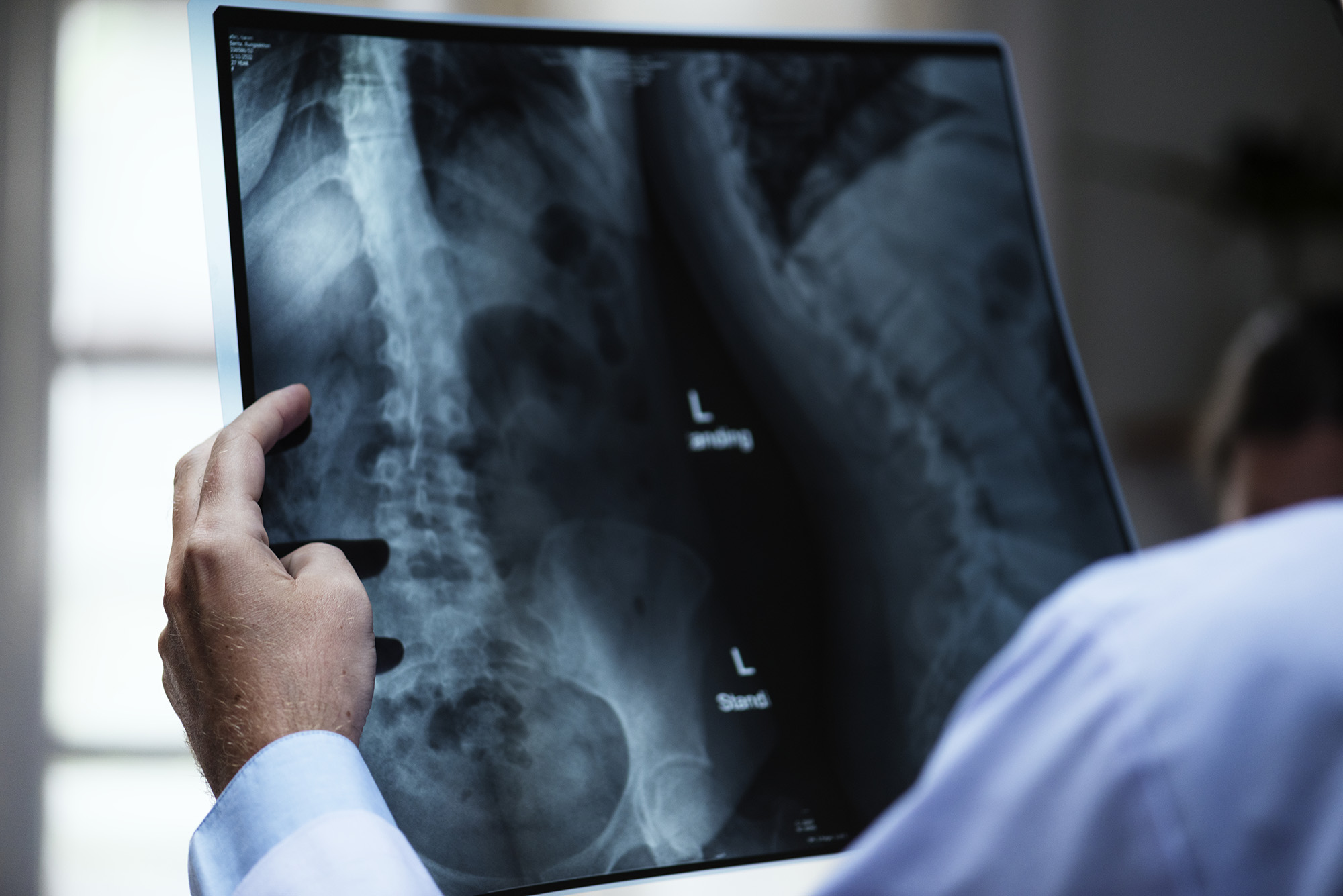Chances are you know someone who has had major surgery, like a joint replacement. And you’re aware that there is pain involved during recovery, for which you’ll need a pain management plan. Doctors, nurses, and your physical therapist will make every effort to keep pain levels low and manageable.
But you’re wondering: how do doctors manage pain after a major surgery like this? Here, we’ll explore the comprehensive approach medical professionals take to manage pain during your recovery.
What Might a Comprehensive Pain Management Plan Look Like
Opioids
Opioids will be part of most pain management strategies because they can work fast and block significant pain by temporarily changing how your nervous system communicates about pain. Depending on your pain needs, you or your doctor can administer opioid:
- Orally
- Sublingually
- Through the skin
- Via injection or infusion.
Obviously, opioids do carry the risk of dependency and side effects like trouble breathing and constipation. So your doctor will combine opioids with other forms of pain management to reduce the opioid dose and duration.
This can significantly reduce the risk of dependency while keeping pain under control.
NSAIDs, Acetaminophen, or Aspirin
Non-steroidal anti-inflammatories (NSAIDS) include drugs like naproxen (commonly known as Aleve) or ibuprofen (Advil). They work by blocking an enzyme that triggers inflammation in the body. Inflammation amplifies pain.
At prescription strength, these may be able to replace opioids for pain management if you have a history of drug dependence. We can also prescribe a combination of opioids and NSAIDs, aspirin, or acetaminophen. Since each of these tackle pain from a different angle, they can work very effectively together when used as prescribed,
Local Anesthetics
Local anesthetics are injections given at the surgery site. We can also inject epidurals into the spinal column. These medications block the ability of pain signals to transfer from the surgery site to the brain. If those signals can’t reach the brain, then the human body does not experience the sensation of pain.
Physical Therapy
It may seem like you’d need to stay perfectly still for weeks after a knee or hip replacement. But actually, the opposite is your best course of action to reduce pain and retain function. Physical therapy plays a crucial role in getting the body moving after surgery. You can now heal properly and maintain a maximum range of motion.
Complementary Therapeutics
Some individuals may choose to complement their pain management plan with alternative or traditional medicine such as acupuncture, herbs, or hypnosis, or medicinal marijuana. Most of these are generally harmless and may help some individuals.
You should always share any supplements you plan to take with your doctor. Some “herbal” medicines contain similar ingredients as those you’re taking in prescription form or opposing ingredients that block your medication from doing its job. They may therefore lead to drug interactions.
Managing Pain After Surgery
As your doctor, we’ll work to tailor a plan to meet your needs and maintain your comfort. If you have any questions or concerns about the benefits of getting a joint replacement, we encourage you to schedule an appointment.


